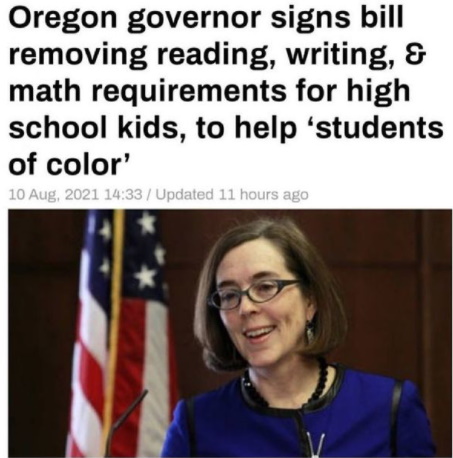
Wisconsin is a case study in the kind of ho-hum execution of elections that chips away at Americans' confidence in our elections.
After a 10-month review of the 2020 election in the Dairy State, the Wisconsin Institute for Law and Liberty has compiled its findings — which set off alarm bells about the state’s massive election integrity shortcomings and reveal weaknesses the swing state must shore up before the next election.The review, which WILL said it approached “without presumption as to what it would find,” included polling, surveys, an inspection of the law, interviews with elected officials, an analysis of almost 20,000 ballots and 29,000 absentee ballot envelopes, as well as a review of tens of thousands of documents obtained through more than 460 open records requests.“It’s clear many Republicans, like Democrats before them, are convinced that there was a ‘Big Steal.’ And much of the legacy media is of the view that, since there is little or no evidence that Trump won the election, any effort to look into whether proper procedures were followed is just part of the baseless conspiracy-mongering that pushes ‘the Big Lie,’” WILL attorneys wrote in their review of the study’s findings. “But WILL’s review indicates the truth may lie between these two poles.”While WILL’s work also showed some state election procedures and outcomes to be above bar — including no significant issues with voting machines and limited instances of ineligible people successfully voting — some findings were troubling. Here are the top takeaways.
1. Unlawful Votes Exceeded Biden’s Margin of Victory
Tens of thousands of Wisconsin votes cast in the 2020 election did not comply with state law, especially regarding ballot drop boxes and “indefinite confinement.”
As a recent audit by the state’s Legislative Audit Bureau showed, absentee ballot dropboxes were used prevalently at the behest of the Wisconsin Elections Commission in violation of state law. These dropboxes were connected to an extra 20,000 votes for now-President Joe Biden, with no noteworthy effect for then-President Donald Trump.
Additionally, more than a quarter of a million Wisconsinites acquired absentee ballots and didn’t have to show voter ID because they claimed to be “indefinitely confined” because of the COVID-19 pandemic. That voting status, however, only applies to people who are confined due to “age, physical illness, or infirmity, or is disabled for an indefinite period,” meaning many of those more than 265,000 voters cast an absentee ballot illegally.
According to WILL, “54,259 ballots were cast by individuals who have never shown a voter ID in any election. 3,718 were cast from addresses that were on the 2019 Mover’s List. 7,747 failed their DMV check when they registered.”
2. Ineligible People Voted
While instances were limited, WILL’s review did reveal a number of times ineligible Wisconsinites voted or tried to vote, including 42 deceased people for whom ballots were cast but were rightly tossed out. WILL found 130 times where voters were flagged by Registration List Alerts as felons but cast a vote anyway, plus 129 times where people voted from a commercial address. All of these addresses were mailing centers or post offices, but it’s illegal in Wisconsin to register to vote with a P.O. box.
3. Voter Rolls Were Not Up to Date
Even though Wisconsin is required by both state and federal law to keep its voter rolls up to date, neither local clerks nor the Wisconsin Elections Commission took the necessary action to clean up incorrect registrations in the 2020 election. This means tens of thousands of active registrations were connected to out-of-date addresses.
More than 23,000 ballots came from voters who didn’t pass a check by the Department of Motor Vehicles, meaning a discrepancy in at least the name, address, or date of birth on file with the government agency. Additionally, more than 31,000 Dairy State voters were in the National Change of Address Database and thousands more were still on the Mover’s List.
4. Local Rules Were Inconsistent or Illegal...























